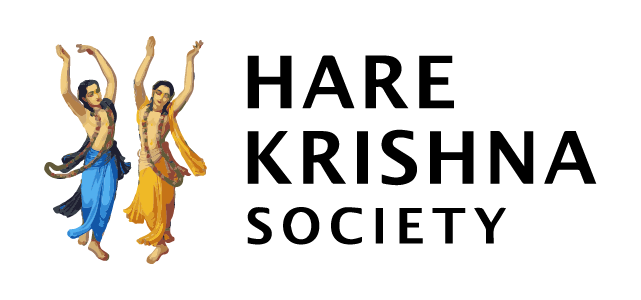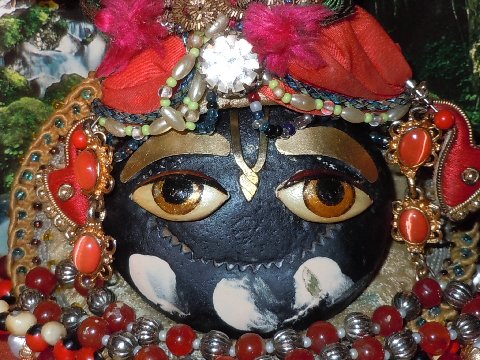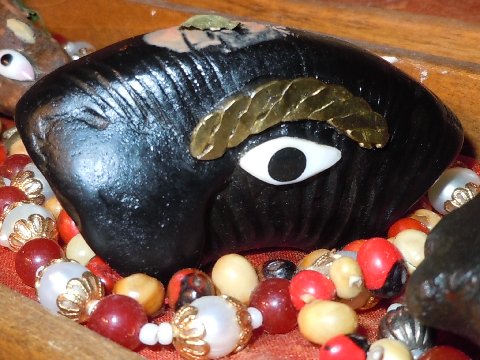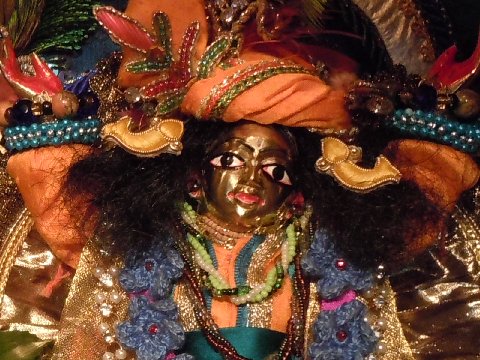- February 11, 2013Hare Krsna to all pranams Glories to Prabhupada This is a very nice lecture by Srila Prabhupada- Why? Because he…
- February 8, 2013You have no feeling for Krsna 760623gc.nv Conversations Devotee (4): The difficulty is that we cannot understand, we cannot…
- February 8, 2013Sri Guru Is Present In All Things by Srila Bhaktisiddhanta Sarasvati Thakura Prabhupada Question 1: Are genuine saints…
- February 7, 2013CC Madhya 7.130 Bhakti Vikasa Interpolation Vs the Truth Little Bengali abc and they think they know it all: 731208SB.LA …
- February 3, 2013Reply to Nimai Pandit Prabhu Nimai Pandit Das : My desire is to come to understand fully, if it is…
- February 2, 2013Srila Locana Dasa Thakura appeared in this world in 1520 A.D., thirty-four years after the appearance of Sri Caitanya Mahaprabhu.…
- January 21, 2013Hare Krsna Prabhus Obeisances All glories to Srila Prabhupada We just received this today from Sri Krsna Kathamrta Bindu, a fortnightly…

Under the guidance, inspiration and authority of
His Divine Grace A.C. Bhaktivedanta Swami Prabhupada
Founder-Acharya of the Krishna Consciousness Movement
Srila Prabhupada: “I wish that each and every branch shall keep their separate identity and cooperate keeping the acharya in the center. On this principle we can open any number of branches all over the world. (Letter, February 11, 1967)


